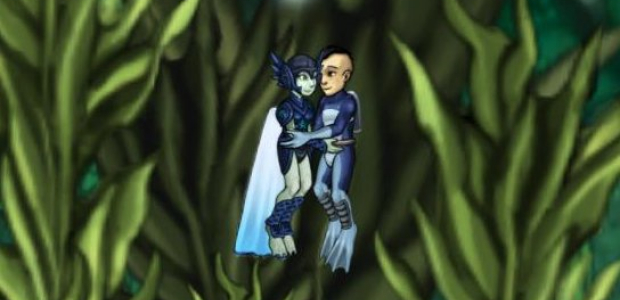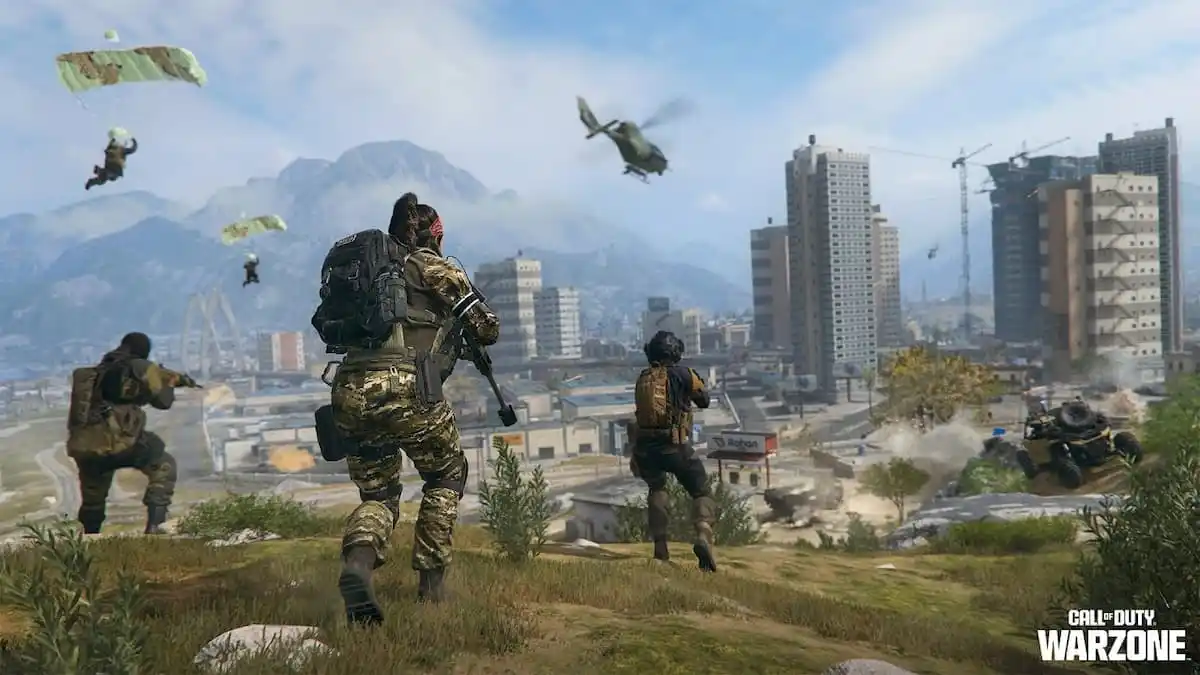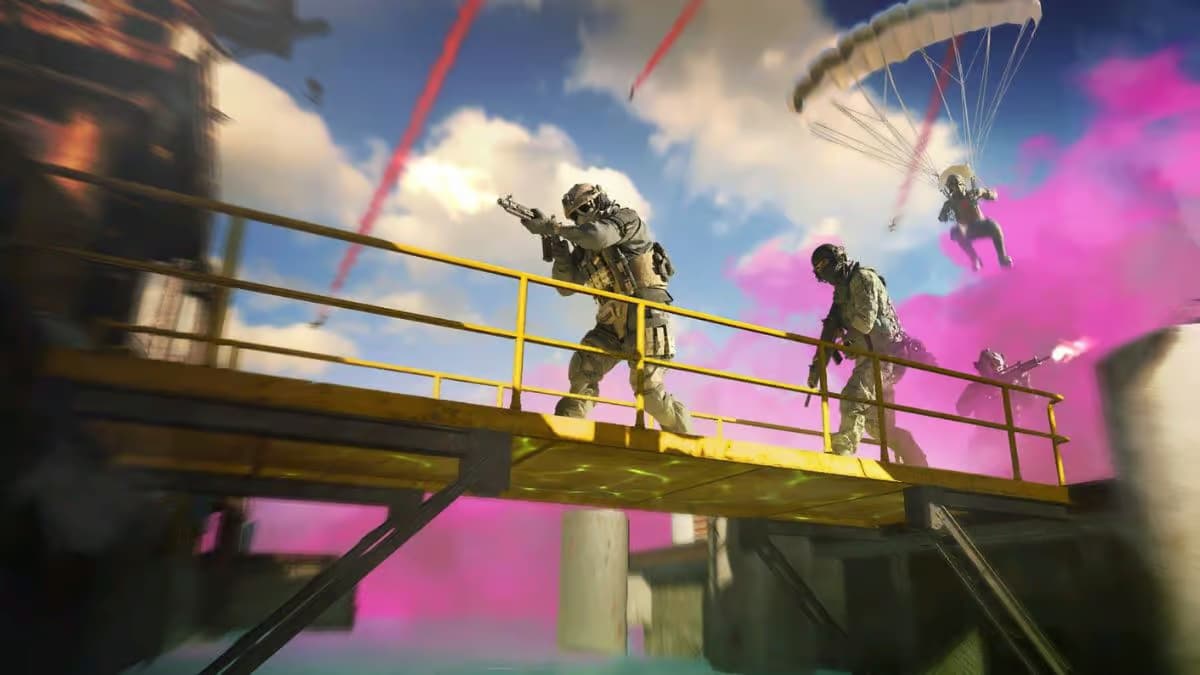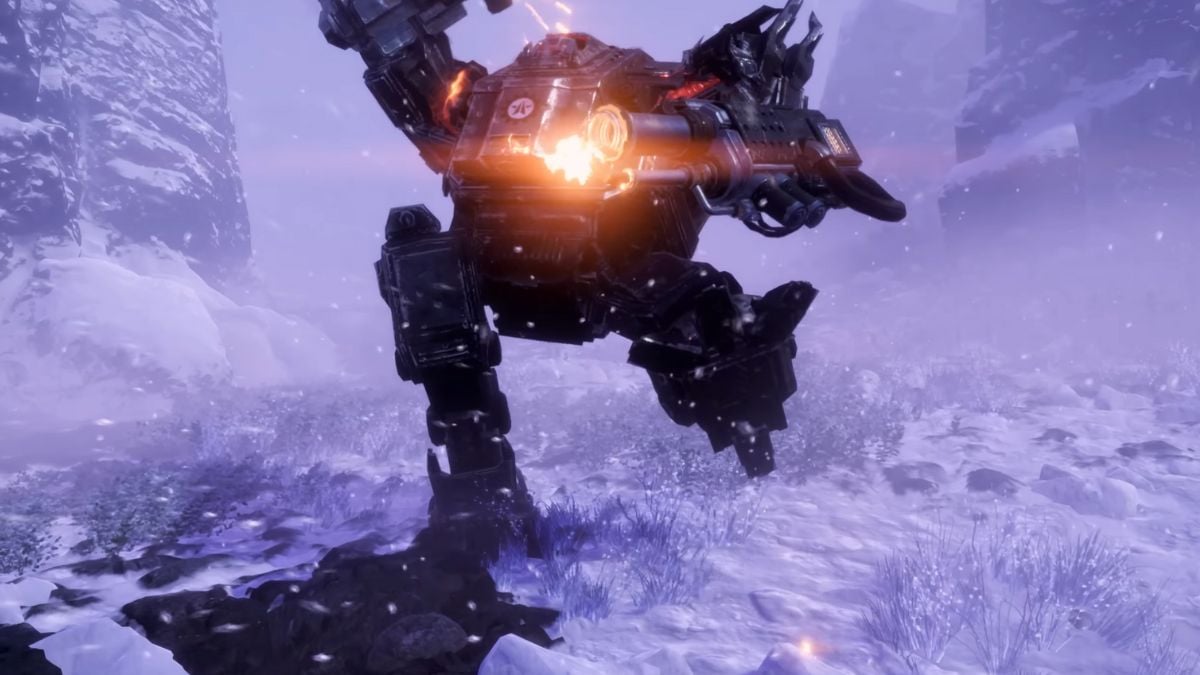Alec Holowka, formerly one half of Bit Blot (Aquaria) and currently the head of Infinite Ammo (Paper Moon), was the last speaker to go on at the Independent Games Summit of GDC Austin.
A lot of the talks to go on in the hours and days before, although they were all very awesome, were based in the business of making indie games. Alec was not there to talk about business at all. He said it himself during his presentation. Making an indie game that tells a great story is not a way to make money. But what it does do is worth even more.
After the jump is a summary of his talk.
Alec went on right after Twisted Pixel, and as such, a lot of people left when this less well-known indie darling took the stage. He started the talk by thanking everyone who stayed, and then thrust two middle fingers to the air to everyone who had gone. It was already apparent that this would be a panel packed with personality, and he did not disappoint those who did choose to stick around.
He was there to speak his mind on stories and how they can be told through games, specifically indie games. Right off the bat, he admitted what we all know: there are a lot of terrible game stories, and a lot of people don’t want them. He displayed the well-known John Carmack quote on the matter: “Story in a game is like a story in a porn movie. It’s expected to be there, but it’s not that important.” Many people feel the same way, but the bad rap that game writing gets is not very indicative of what can be done with it.
He proceeded to give the audience a little bit of background information about himself: he’s Canadian, sometimes makes games by himself, and collaborates with others other times. He called himself a thinker, and that all the questions to follow were things that enter his mind on a regular basis.
The first question he asked himself was, “What is the basis for your games?” He explains that many things can be the starting point of a game’s story. Some people borrow from film, images, or even their own memories. “For me, it’s a character in a world. Everything else comes out of that.”
A slide went up, displaying the following flow chart: story > music > graphics > physics > input > gameplay mechanics. This flow chart, while it depicts the different elements that go into making a game, is wrong. “Making a game is not a linear process. It goes in cycles. Each part influences the other.”
He then switched gears to game reviews for a moment, stating that they should be more akin to how critics rate movies. “Don’t rip out one component from the whole,” he explained. “It is pointless. The connections between the mediums is important.” He stressed the importance of taking note of how things like the graphics and sound and gameplay play off one other. The relationship between the player and the combined mediums is another thing he wishes were looked at more often.
Alec then asked the question, “What are games?” He goes through a list of extremely varied things, from Pong to board games to card games. They all had different degrees of story, but they could all be considered games regardless. Then he spoke of interactive multimedia, which he defined as a “fusion of existing mediums into a cohesive whole, with an added element of interaction.” “Are interactive games more legitimate?” he asked the audience, and answered with a “no”.
To explain, he went into a little background. He and his family were always making things like movies, musicals, and board games. On the projector screen, an image of one of these board games was shown, and Alec went into more detail about how these creations made his imagination run wild. “I started writing fanfiction about the world that this board game was set in. The world and the characters that lived there fascinated me.” This game did not fit the description of interactive multimedia, yet he still managed to make a connection to it.
He then went back to the list of games mentioned earlier and picked out two completely different titles to compare and contrast. The first was Pong, which is a game comprised of pure interaction. Then he chose Silent Steel, which has plenty of context, but barely any interaction. In his words, playing it “feels like suffering a multiple choice test that you didn’t study for”. He felt that the “sweet spot” that developers should shoot for is the median point between these two games. When story is used as context, it frames the gameplay very nicely.
“With all of this talk of the importance of story, does Spelunky need one? No.”
“Can stories within games be awesome? Yes.”
He then pulled out his favorite game as an example: Final Fantasy VI. He said that the game has influenced every game he has worked on since. The music, visuals, and specifically, the story, really spoke to him even the first time he rented the game as a child. He stopped a moment to play the opening scene from the game, where the three Magitek Armor suits have their backs to the camera and walk through a snowy field. This is one of the moments that wowed Alec, even though it couldn’t be interacted with.
The best thing about it was that all of his friends who had played the game felt similarly to him, but for different reasons. While Alec loved the scope of the scene, which uses the fantastic graphics inherent in the last SNES games made and Mode 7 to scroll the field below, his friends grew attachments to the music or the way the characters were designed.
“The characters are what make it work,” he said of the game. “They are uniquely motivated. They are united by a common cause, but diverse.” He praised the spritework, and how everyone could show a lot of expression through such tiny sprites.
The characters of FFVI are a big driving force behind the story and even the gameplay itself. In addition, Alec shared his thought that the battle system can tap into players’ imaginations about how the characters get along with each other. “The player is a god-like team manager leading these guys along. It’s really a fatalist game.”
Another FFVI cinematic was shown, this time of the world being destroyed. “The entire pacing of the game changes after this. It has momentous consequences for the characters and the player. That’s why it works so well.” This moment separates the player’s party, and there is a shift in game flow from linear to non-linear. This challenges what the player has accomplished so far, which evokes an emotional response of some kind.
One last cinematic showed the slow pan over the destroyed world, and then the point of the game where the player meets Cid. This part of the game has strong storytelling because you have to pick back up after the disaster and figure things out for yourself. Alec admitted that the first time he played, he fed Cid poisonous fish without knowing it For the longest time, he didn’t think there was any way to keep him alive, but the great thing is that you can save him once you realize what you did wrong. “Taking care of Cid gives the player a real sense of responsibility.” He likens the whole end of the world portion of the game to the experience of growing up.
From there, he presented another question: “Why not encourage the exploration of emotional spaces?” The fact that some people just aren’t into that sort of thing isn’t a good enough excuse not to try. A character’s personal gateway into the player is the emotion space, and without tapping that part, they’ll never make a connection. He also described gamers he labeled as “unprofessional players”. “They aren’t Master Chief or Solid Snake because when they play the game, they do things these characters would not do. Instead, they co-create new characters that are more realistically human.”
After spending so much time gushing about FFVI, he switched gears to talk about storytelling in indie games. He used a moment from Aquaria as an example; if you haven’t played the game, it takes place almost completely underwater. Near the end, you finally make your way to the water’s surface. As the player makes the main character, Nadja, jumps into the air, the camera slows for a moment while she speaks about the experience.
The use of music change, narration and slow motion during this moment was done on purpose to help the player feel the moment the same way that Nadja did. The placement of the event in the game’s timeline also played a big part, as breaking through the surface would not have had as huge an impact had the player not spent three or four hours in the dark water beforehand.
On the other hand, the character Li was “a much less successful part of the game”. The way that he behaves (which has been described by players as “like a dumb puppy”) makes him not work. Alec admitted that he may have been more effective if his interactions with Nadja had been developed more. Players tend to not get as attached to him as the story says they’re supposed to.
Alec took a small break from talking to show the audience a short teaser trailer for his upcoming game, Marion.
After quickly publishing the video to his website, he picked back up on the many advantages of using storytelling in indie games. One is that players can hear the voice of the creator in the final result due to small team sizes. Indie game stories are usually more personal, affecting, and diverse. They also tend to marry story to visuals to gameplay to make it a lot more meaningful than any big budget story. The approach he and Derek Yu took to making Aquaria was to think about how elements of a game interact with each other. “Link elements, challenge the player, and explore your own style. There is a whole ocean of gameplay under our feet.”
Questions from the audience began with, “Is ‘story’ the right word for what goes into a game?” Alec responds with a no. Stories are linear, and most games are not. However, he likes to use the term “storytelling”, because games do act as a transport of story from it to the player.
The next person said to Alec, “In movies and books, readers can identify with characters other than the main character, but in games, you can’t really relate to most NPCs. How can we fix this?” Alec responded, “Make them integral to the gameplay. Make them help the main character in a positive way.” He also said that developers could perhaps draw upon the history of story from books and movie scripts to help with this problem. Most NPCs are nothing but one line of dialogue, while secondary characters in other media are typically a lot more fleshed out.
The next set of questions were, “Why do some people not like exploring emotional spaces? How can we reach those people?” Alec’s response was to make games that are more subtle about their meaning to coerce people who would otherwise not be interested. If a game is too overt about its message, that can drive some players away.
Someone then asked, “Is there a reason you choose female leads in your games?” He feels that most females in games are sexualized, thus someone needs to treat them with maturity. “Female leads just interest me,” he said, which has been apparent through his well thought out characters like Nadja.
“What about stories in games where you don’t have a character to control?” the last question asked. Alec turned to Myst, a game where the player plays as themselves, as an example. In it, you play as yourself, an outsider to that world. But the story still works in that it gradually does make you a part of it. Games like that show that a game does not necessarily need an established main character to have a great story that engages the player, though characters are an important element to Alec personally.
As Alec’s talk came to an end, so did the Independent Games Summit. It was very fast paced and fun, with some great messages to all of the developers in the audience who perhaps wanted to take the more meaningful route with the games they create. All in all, it was a great talk to round out a great summit.




